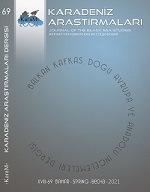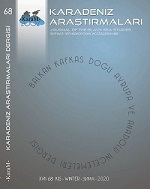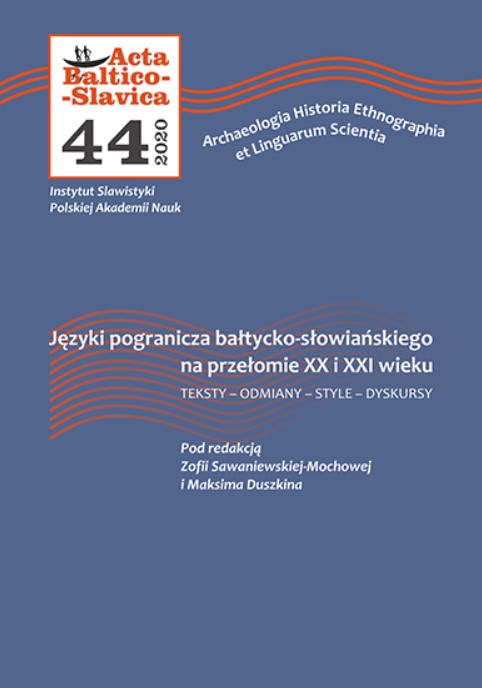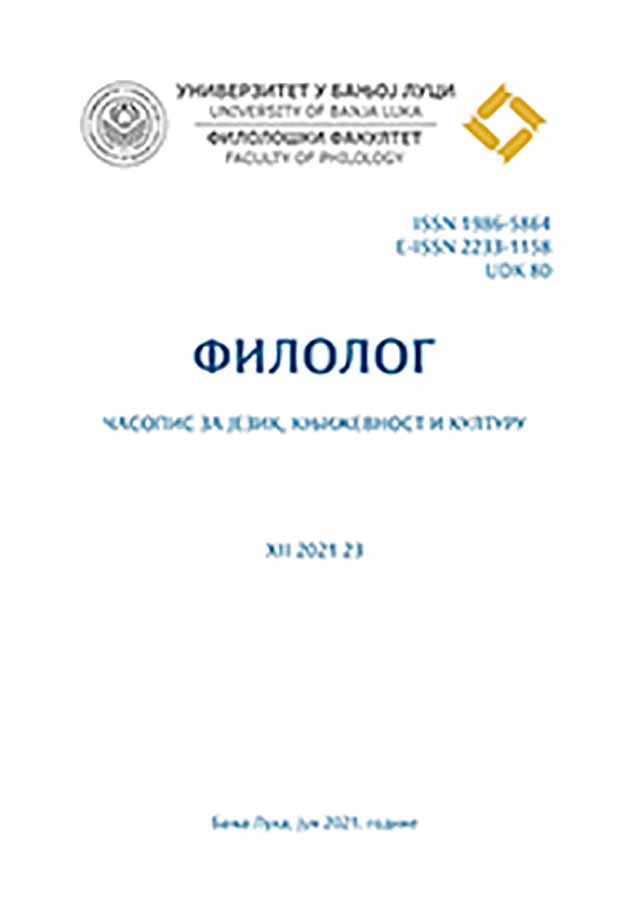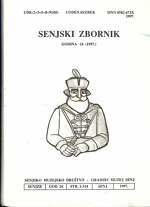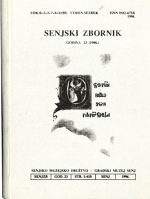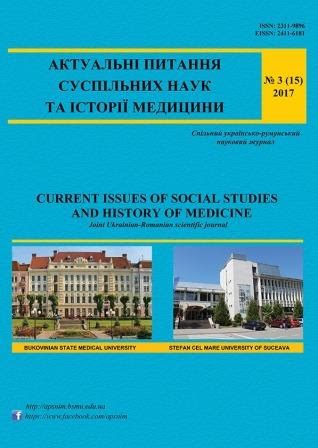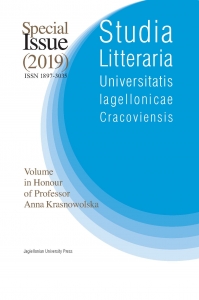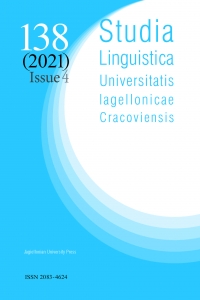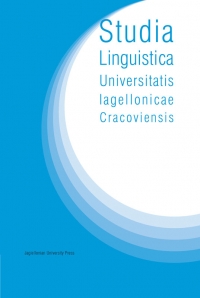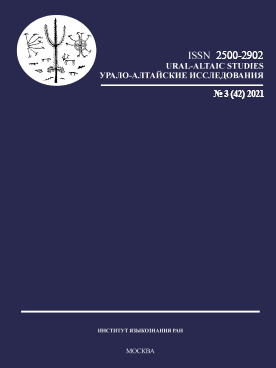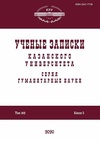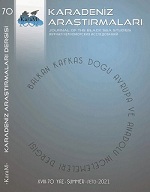
KUTADGU BİLİG VE ATEBETÜ’L-HAKÂYIK’TA ARAPÇA VE FARSÇA KELİMELERİN TELAFFUZU
Arabic and Persian words in the Kutadgu Bilig and Atebetü'l-Hakâyık have – at some point - transcribed in their current forms. However, They do not fully reflect the 11th century pronunciation. This study aims to evaluate the possible pronunciations of these words in the period in which they were written, as opposed to through the lens of Modern Turkish. That said, the original pronunciation has, it seems, ben preserved in Turkic dialects whose connection with Islam is steeped in both an literary and oral tradition, as is the cause with Turkish. In dialects where Arabic and Persian words enter the language through the spoken language only, they take on phonetic characteristics of that language. In Turkish, they lack palatal harmony. In other Turkic languages, they take on palatal harmony. In the context of Kutadgu Bilig and Atebetü'l-Hakâyık, current data gives us an idea about how such loan words ought to be pronounced beyond palatal harmony; as opposed to how they actually are pronounced. Nevertheless, certain words have counterparts in a handful of other Turkic dialects; however, they too lack sound features that would give us a clue about how they’re pronunced. Some of the more widely used ones have suffix with back vowel in Kutadgu Bilig and Atebetü'l-Hakâyık. Moreover, they are compatible with palatal harmony in certain modern Turkic dialects – albeit not always. Both in Kutadgu Bilig and Atebetü'l-Hakâyık, those words that have suffixes containing back vowel tend to also be pronounced with back vowels in other [Turkic] dialects, whilst others are follow the harmony of palate, and use front/fine vowels instead.
More...
